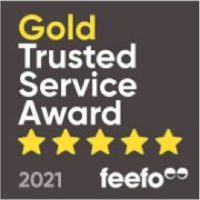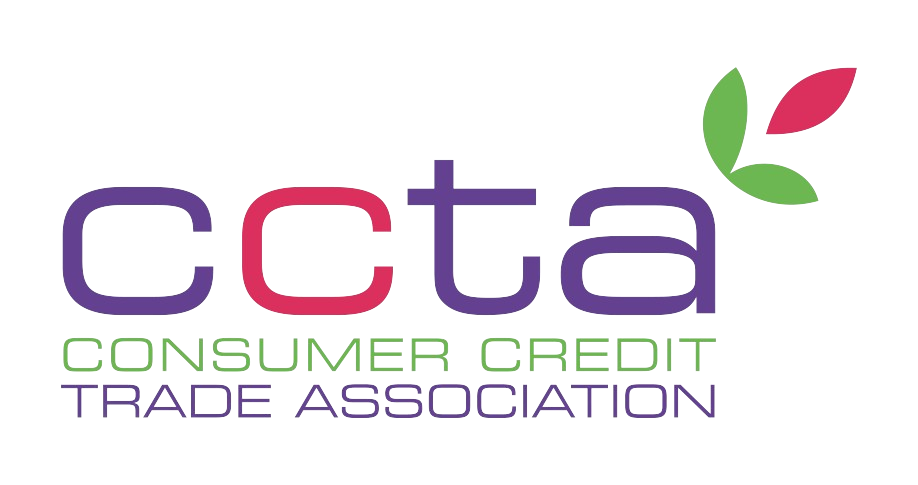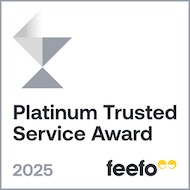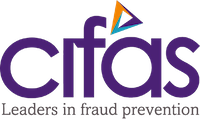If you are self-employed you will know only too well that you need to submit a tax return. But did you know that you may also need to do this if you earn money from any kind of side hustle in addition to your regular job? Or if you have savings or other sources of income above a certain amount?
In this article we explain:
- Who needs to complete a tax return and when;
- How to make sure you are paying the correct amount of tax;
- How to reduce the amount of tax you pay in future.
Who needs to complete a tax return and when
HMRC guidelines state that you need to complete a tax return if you worked for yourself between 6 April 2024 and 5 April 2025 and earned more than £1000 through this. Working for yourself could be either as a sole trader, business partner or director of a limited company. This applies even if you had another job as well.
You may also need to fill in a tax return if you have any untaxed income from other sources. For example:
- renting out a property for more than £2,500 per year after allowable expenses or £10,000 per year before allowable expenses. Allowable expenses include anything you need to spend money on for the day-to-day running of the property, such as professional fees and services, admin costs, domestic bills and maintenance.
- tips or commission paid directly to you without any involvement from your employer.
- income from savings, investments and dividends. If you are a tax payer, you have a tax free Personal Savings Allowance i.e. an amount you can earn in interest without having to pay tax. This is usually £1,000 of interest but depends on which Income Tax band you’re in.
If you do need to fill in a tax return, this can be done either via a paper form or online. Paper tax returns for 2024/2025 need to be completed and returned to HMRC by 31st October 2025, and online returns by 31st January 2026.
How to make sure you are paying the correct amount of tax
Filling in a tax return can feel quite daunting, and most of us just want to get it over and done with. But it’s worth taking a bit of extra time to check that you are paying the correct amount of tax. Mistakes can be rectified later on, but it’s better to get everything right first time and avoid any delay in getting money back that is owed to you.
Three things to look at carefully whilst completing your tax return are:
Every UK tax payer is allocated a tax code by HMRC which indicates how much you can earn before having to pay tax. The code is a series of letters and numbers, and for most people it will be 1257L. This is based on the current UK tax free allowance of £12570.
If your tax code is 1257L it means that any income up to £12570 is not taxed, but if income exceeds £12570 it is subject to tax, initially at the rate of 20%. However, if your income were to exceed £50,270 you would be taxed at 40% for any income over that amount.
Mistakes can happen, so if your code is different from what you are expecting, contact HMRC on 0300 200 3300 or via online chat to check that it is correct.
Consider reallocating your personal tax allowance
If you earn less than the current personal tax allowance of £12570 and are living with a husband, wife or civil partner who earns more than you, you could use the Marriage Allowance to transfer up to £1,260 of your personal tax allowance to them. This would reduce their tax for the year by up to £252.
To find out more details on how to do this, check out the Gov UK website.
Know what expenses you can claim if you are self-employed
If you are self-employed or a private landlord you can deduct various expenses from your gross income before you pay tax on it. This means that your income is reduced so the amount of tax you have to pay on it is less.
Expenses for the self-employed include travel, home office expenses, insurance, stationery, marketing costs and staff training. Also, if you work from home, you can also claim a percentage of household bills such as energy and internet costs.
You may also be able to take advantage of capital allowances if you need to make major purchases for your business such as vehicles or computers.
If you are a private landlord you can deduct expenses such as agent fees, legal fees, maintenance and repairs, and administrative costs such as phone bills, stationery and advertising.
For more details on all the above, check out the Gov UK website.
How to reduce the amount of tax you pay in future
Looking ahead to the rest of the 2025/2026 tax year and onwards to 2026/2027, make it your mission to start finding ways to reduce the amount of tax you need to pay.
As well as the three factors mentioned above, there are two other things that can help you to do this.
Maximise the tax benefits of your pension
Whatever age you are, if you have an occupational or private pension, you can start making it work harder for you. Most occupational and private pensions enable you to make additional contributions into your pension on either a regular or occasional basis. You may not think you can afford to do this but, as well as increasing the value of your pension, it can actually save you money on tax.
All pension contributions are deducted from your gross income i.e. your income before tax. So, for example, if you contribute an extra £1,000 to your pension during a tax year, your taxable income decreases by £1,000. If you pay tax at 20% this means that you would pay £200 less in tax, so your £1000 savings in reality costs you £800.
Ensure interest on your savings is tax free
If you have enough savings to earn interest over your £1000 per year Personal Savings Allowance, it’s worth looking for alternative places to save. There are savings accounts such as ISAs that allow you to earn interest without paying tax on it. Another option could be Premium Bonds where there is no set rate of interest but you can win tax free prizes in their monthly draws. Or if you can lock your money away for longer and you may want to consider investing in shares as the dividends from these are also tax free.
We hope that the above tips help you to understand more about whether you need to complete a tax return, how to check whether you are paying the correct amount of tax, and how to pay less tax in future.
If at any stage you need a financial boost to get your tax situation sorted, remember that Loans 2 Go offer a range of personal loans which may be able to help.
For more useful financial and lifestyle tips, visit us here again soon at Loans 2 Go.

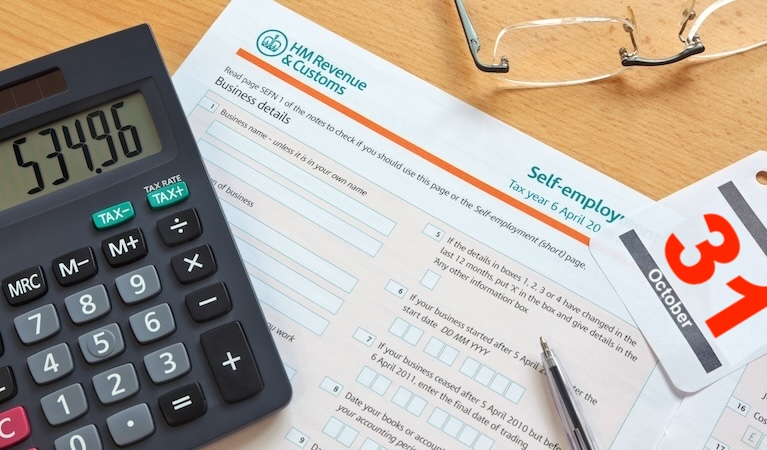
 Now is the time to start planning your financial goals for 2026
Now is the time to start planning your financial goals for 2026 




